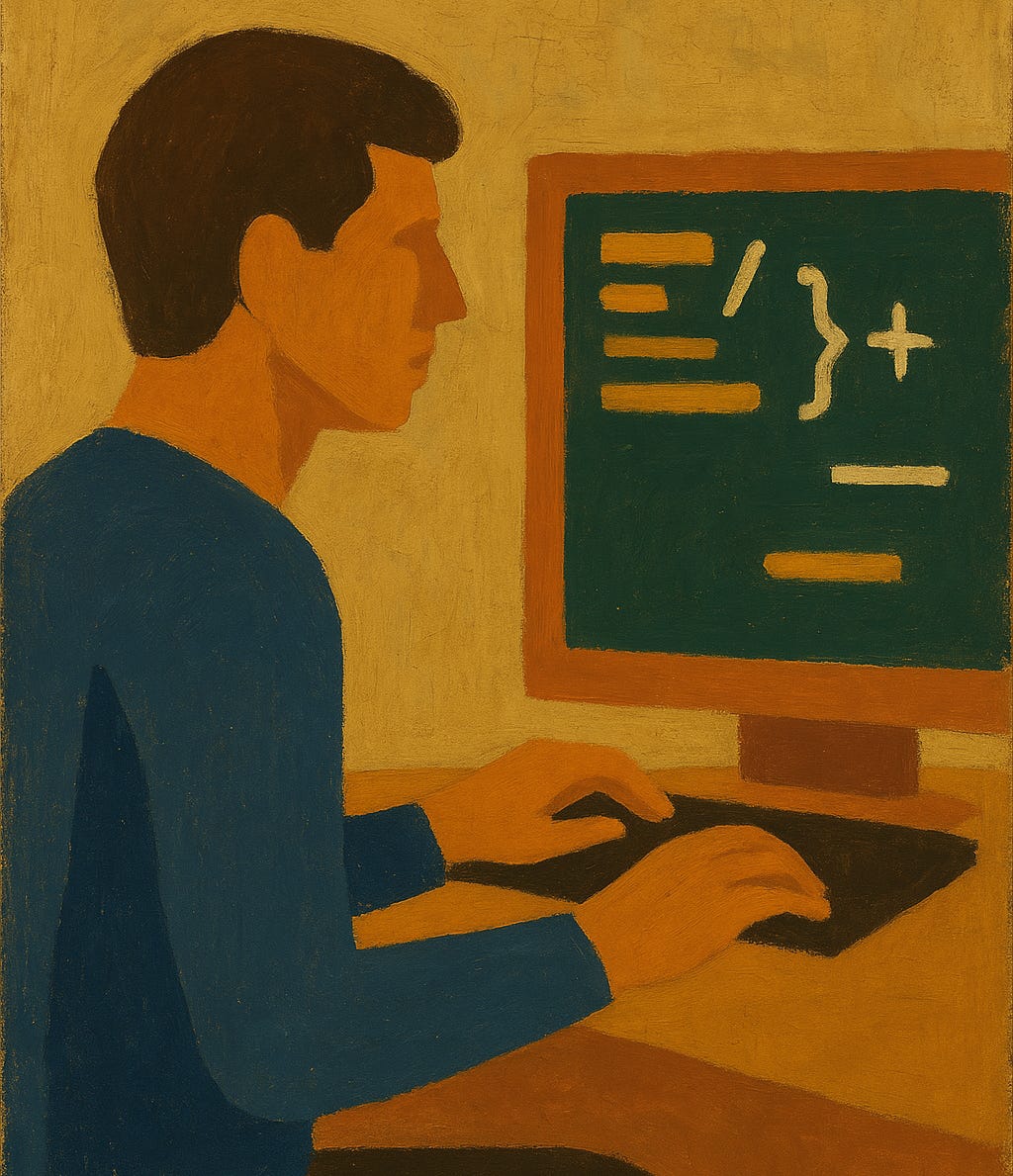The Ultimate Guide to Vibe Coding
A non-technical guide for building and scaling your fail-fast MVPs using LLMs.
Lately, my LinkedIn feed has been flooded with references to vibe coding.
Out of nowhere, non-technical people are spinning up wild engineering projects in just days — sometimes even hours — using AI.
Some are bragging about coding online games and pulling in solid $$$ (e.g. Fly Pieter), others are launching new businesses, or just scratching their itch by playing around with random projects.
Here’s an example post from Dave Diamond.
These are all catchy headlines and alarmist exaggerations with the goal to attract viewer’s eyeballs and clicks. But there’s a grain of truth behind it. And that truth is that coding has become ~1000x cheaper in a single year.
Over the last 6 months, I’ve been deep into vibe coding — and honestly, “a lot” feels like an understatement. Most of my spare time has gone into it. Along the way, I managed to build two full-fledged AI startups from scratch without writing a single line of code.
This journey also revealed the constraints of LLM coding. While the possibilities are impressive, it’s not a silver bullet. Without at least an entry level understanding of the technical basics, you can easily get trapped in an endless “debugging loop” of code that just won’t run.
Below I’ll answer all of the pressing questions. Which model to choose from? How to set up your environment in minutes instead of hours? How to write code without even typing prompts? How to host and use insane-quality AI models practically for free?
This manual and hacks that I’ll be sharing will save you hours if not days of time.
Let’s get down to the business.
Today’s article
The basics of vibe coding. What it is? How it came around?
🔒 Use cases and limitations. What works and what doesn’t when you try to execute an AI-project. Useful battle-tested tips and hacks.
🔒 My setup. Comparison of mainstream LLM models. Setting up your environment. Choosing a tech stack. Renting GPUs. Writing prompts without keyboard.

✨ The basics of vibe coding
Let’s get the definitions out of the way first. In a nutshell “vibe coding” is a glorified term for writing code with AI.
The definition became viral after Andrej Karpathy’s X post few months ago.
Vibe coding has gone beyond “pet projects.” For example, 25% of all Y Combinator startups accepted in 2025 had 95% of their codebase written entirely by AI. There’s even a rumor that next year, startups not using AI for coding will have a lower chance of getting accepted.
Vibe coding is essentially the successor to an earlier term with a similar meaning: “popcorn coding.” Popcorn coding referred to breaking down a project into smaller sub-tasks and then searching Stack Overflow for copy-paste solutions.
This required you to have at least some entry-level technical understanding before diving into the thread labyrinths of Stack overflow.
“Vibe” claims to take it to the extreme by removing even “the understanding layer”, making the entry barriers to coding practically non-existent.






